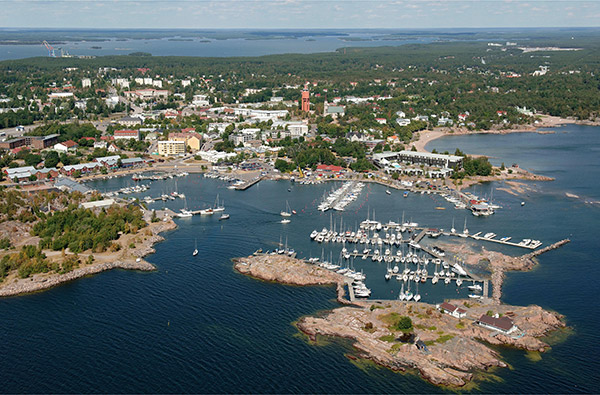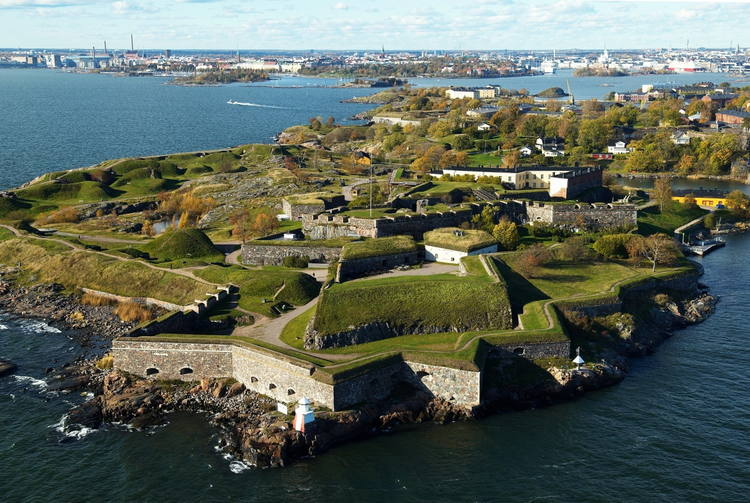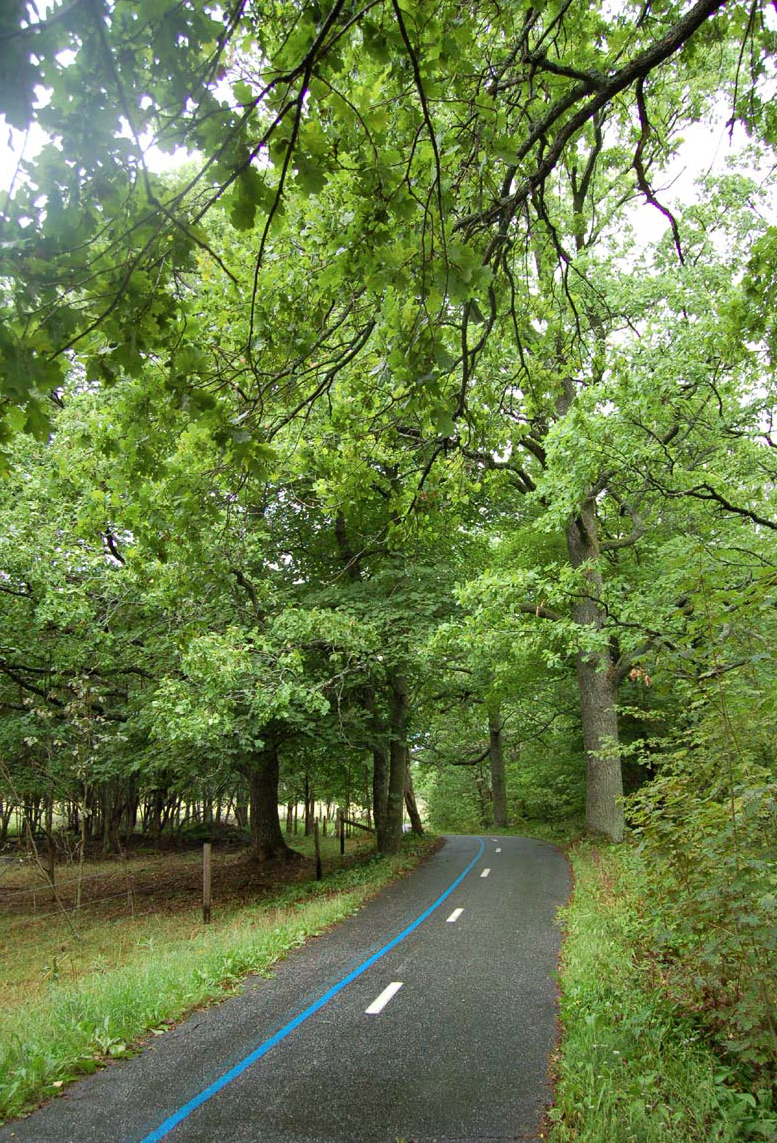Green city zones are often victims of human activities: they are ruined through tree cutting, erection of buildings, limited access to them and drastic decrease of their territories. As a result, residential areas that are already smoggy even more lack clean and fresh air, people have nowhere to have some rest or just go for a walk.Every year the issue of preservation of parks and squares for safe for human life and health environment becomes more pressing. Finland found an interesting solution of this problem. In this country cities implement the concept of national urbanistic parks where the natural and cultural heritage co-exist in harmony and are protected in one municipal territory, which makes them more sustainable. The concept is part of the Law on Construction and Land Use.

Islands in the center of Helsinki have great potential for recreation, tourism and biodiversity preservation and this became the basis for creation of urbanistic national parks on their territories. Lands of such parks belongs to the state, local authorities or other public body. Sometimes they are partially owned by private entities. A decision about creation of a park is adopted by the Ministry of Environment at recommendation of local authorities regarding location of such a park.
Suomenlinna is one of such parks.

This is an island-fortress in the very heart of Helsinki. It was constructed in the 18th century, now it is UNESCO heritage site. The island has the area of 80 ha with population of about 900 persons, 6 museums, equipped premises for conferences in the very fortress, which does not violate overall architecture and interior design.
Low buildings, protection and cherishing of trees make great effect. Urbanistic parks in the center of the city look like real islands of wild nature. Below you may see a photo of the urbanistic park in Turku.

Green plantations are beneficial for cities not only for aesthetic reasons. They contribute to creation of the environment favorable for city fauna, especially for birds. Trees are effective in purifying air from dust, and hazardous substances, and protect from noise. Parks and squares are important elements of municipal environment because they are recreational places for urban population. Finnish urbanistic parks are examples of preserving green zones in cities and implement in reality the idea of harmony between humans and nature.

